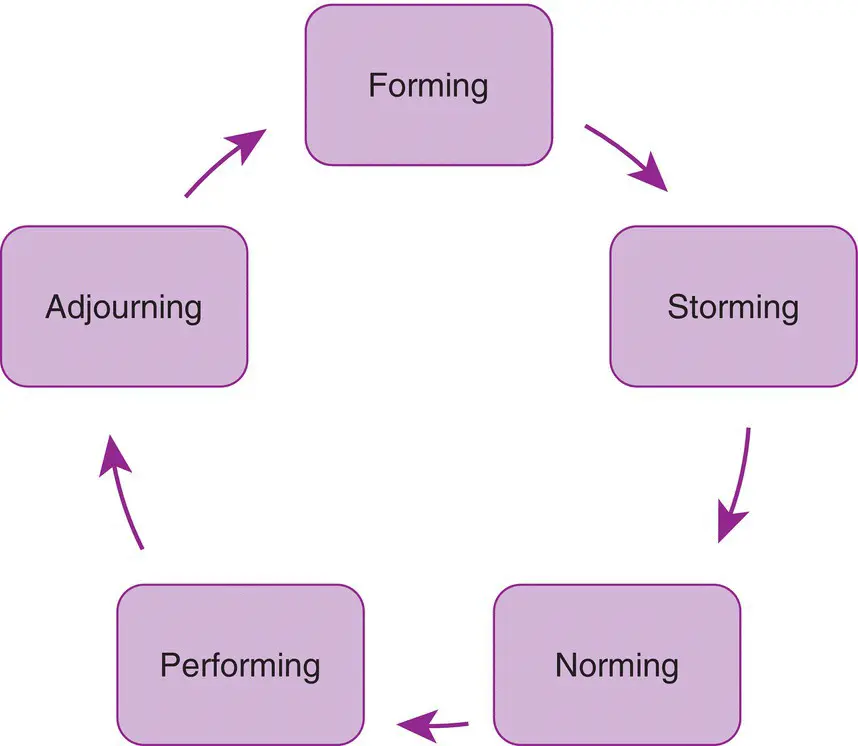The Nursing Associate's Handbook of Clinical Skills
Здесь есть возможность читать онлайн «The Nursing Associate's Handbook of Clinical Skills» — ознакомительный отрывок электронной книги совершенно бесплатно, а после прочтения отрывка купить полную версию. В некоторых случаях можно слушать аудио, скачать через торрент в формате fb2 и присутствует краткое содержание. Жанр: unrecognised, на английском языке. Описание произведения, (предисловие) а так же отзывы посетителей доступны на портале библиотеки ЛибКат.
- Название:The Nursing Associate's Handbook of Clinical Skills
- Автор:
- Жанр:
- Год:неизвестен
- ISBN:нет данных
- Рейтинг книги:4 / 5. Голосов: 1
-
Избранное:Добавить в избранное
- Отзывы:
-
Ваша оценка:
- 80
- 1
- 2
- 3
- 4
- 5
The Nursing Associate's Handbook of Clinical Skills: краткое содержание, описание и аннотация
Предлагаем к чтению аннотацию, описание, краткое содержание или предисловие (зависит от того, что написал сам автор книги «The Nursing Associate's Handbook of Clinical Skills»). Если вы не нашли необходимую информацию о книге — напишите в комментариях, мы постараемся отыскать её.
The Nursing Associate’s Handbook of Clinical Skills
The Nursing Associate’s Handbook of Clinical Skills
The Nursing Associate's Handbook of Clinical Skills — читать онлайн ознакомительный отрывок
Ниже представлен текст книги, разбитый по страницам. Система сохранения места последней прочитанной страницы, позволяет с удобством читать онлайн бесплатно книгу «The Nursing Associate's Handbook of Clinical Skills», без необходимости каждый раз заново искать на чём Вы остановились. Поставьте закладку, и сможете в любой момент перейти на страницу, на которой закончили чтение.
Интервал:
Закладка:
Source: Based on Jung (1921.
| INTROVERT THINKERS ‘LET’S DO IT RIGHT’ | EXTROVERT THINKERS ‘LET’S DO IT NOW’ |
|---|---|
| Cool Blue | Fiery Red |
| cautious precise deliberate questioning formal | competitive demanding determined strong‐willed purposeful |
| INTROVERT FEELERS ‘LET’S DO IT IN A CARING WAY’ | EXTROVERT FEELERS ‘LET’S DO IT TOGETHER’ |
| Earth Green | Sunshine Yellow |
| caring encouraging sharing patient relaxed | sociable dynamic demonstrative enthusiastic persuasive |

Figure 4.1 The team cycle.
Source: Based on Tuckman & Jenson (1977) in Bonebright (2010).
Take Note
 www.myerbriggs.orghas a free online questionnaire to complete which will give a brief outline and explanation of your personality type.
www.myerbriggs.orghas a free online questionnaire to complete which will give a brief outline and explanation of your personality type.
Touch Point
Regardless of where you work in any scenario that calls for teamwork to accomplish specific tasks, this will bring out the best and also the worst of the personalities in those who are participating. Competitive energies, communication skills as well as the respective levels of commitment to the project are all factors that will affect how effectively team members can work together.
We have seen that there are many different personality types, and a mixture of them is ideal for a successful team. In an ideal situation, if a team can be selected to ensure that the different roles are accounted for, then it will be a successful team. However, this is not how healthcare teams are selected. In the workplace, a variety of people are put together, often with no prior knowledge of each other, and they are expected to work together, as a team, to produce certain outcomes. As there are many different personality types, plus the fact that people work differently, when a team is formed, there are various phases that it must go through to become a functioning team. Tuckman (1965) (see Figure 4.1) devised a model to explain the life cycle of a team, and this is still referred to today.
Forming : At this stage, the group do not know each other. They need to orientate themselves to each other and to the task itself. Ground rules need to be made, and relationships within the group need to be established.
Storming : This is the period of unrest and conflict where the group is still finding its way and getting to know each other. At this stage, relationships can become strained whilst people are still finding their way.
Norming : In this phase, the group know each other better and understand each other and how everyone works. The strengths and weaknesses of each team member are understood and utilised in a productive way.
Performing : This is the most productive phase of the cycle. The group are working well together in their respective roles and are focused on the task.
Adjourning : This was added in 1977 to demonstrate the importance and inevitability of all groups separating.
Note that this cycle is not always one way. Some groups get stuck at the storming or norming stage and do not get to perform as a team. Some groups go through the stages very slowly, and the ability to perform well as a team is postponed. Also, team membership can change mid‐cycle which can put a norming or performing team back into the storming phase.
Leadership
As well balanced and dynamic as a team may be, it cannot function without a leader. There are many different leadership styles and models, and each leader will find their own natural style (Marquis & Huston 2012). This next section of this chapter considers three different leadership styles.
Touch Point
Think about the leaders you have worked well with. What did you like about the way that they worked and their leadership style? Did they work in a particular way that inspired and motivated you?
Are there managers you did not enjoy working with? What was it that caused this?
If you were to become a leader, what type of leader would you like to be?
Transactional Leadership
Transactional leadership is a traditional leadership model of one person instructing another person to do a task in exchange for a reward, for example, their pay. While this appears like a rather cold and formal style of leadership, if done well with good communication and delegation skills, the team member will find reward in completing the task and feeling like a valued member of the team, as well as through their pay. In healthcare, tasks are allocated by the nurse in charge of that area to the rest of the team, but ideally, the team want to work together to provide high‐quality holistic care for the patients.
Transformational Leadership
This leadership model requires a leader to work towards a vision they really believe in. This vision also needs to be realistic and achievable (Ellis & Bach 2015). For healthcare, the vision should be a high level of safe and effective patient care, and by believing in this vision and inspiring their colleagues, they will lead their team to delivering this.
The Servant Leader
When people think of a leader, they tend to picture one identified person out in front with a group of followers behind them. Often, this person is allocated directly into that role. In healthcare, many of the leaders are people who have worked in the environment for a number of years and have progressed within their role. They have served first and worked their way up to leading as their experience and confidence grew. They are known as servant leaders (Howatson‐Jones 2004), as they both perform the tasks and lead the teams as they continue to do the tasks in their leadership role. They lead by example and are a good role model for their teams, providing motivation and inspiration through working together.
NHS Leadership Model
The importance of good leadership and team working is not new to the NHS. The Francis report of 2013 commented on the management and leadership within the NHS and made recommendations for practice including arguing that managers should not be locked in their offices but should be supervising the care being delivered. Following this, the NHS Healthcare Leadership Model was launched in 2013 and proposed that the leader affects the behaviour of their team and ultimately the care given. Barr and Dowding (2019) highlight that poor leadership leads to poor care. A model was created with nine dimensions which are outlined in Table 4.3. The NHS Healthcare Leadership Model of 2013 tasks aspiring leaders to assess themselves in each one using the probes provided on their website. The Leadership Academy states that if the leaders can meet the nine dimensions, then they will inspire their team to focus and work together to deliver high‐quality care.
In 1973, a theory called action‐centred leadership was developed to help demonstrate how to achieve the best level of teamwork (Adair 1973) (see Figure 4.2). An effective leader needs to focus on achieving the task by developing each individual person to be able to work well in the team. This is done through motivation, evaluation, organisation and good communication. The task needs to be approached in an organised focused manner. Each individual needs to be praised and recognised for their natural abilities and their contributions with training offered if needed. The team needs effective communication skills and the maintenance of good morale.
Читать дальшеИнтервал:
Закладка:
Похожие книги на «The Nursing Associate's Handbook of Clinical Skills»
Представляем Вашему вниманию похожие книги на «The Nursing Associate's Handbook of Clinical Skills» списком для выбора. Мы отобрали схожую по названию и смыслу литературу в надежде предоставить читателям больше вариантов отыскать новые, интересные, ещё непрочитанные произведения.
Обсуждение, отзывы о книге «The Nursing Associate's Handbook of Clinical Skills» и просто собственные мнения читателей. Оставьте ваши комментарии, напишите, что Вы думаете о произведении, его смысле или главных героях. Укажите что конкретно понравилось, а что нет, и почему Вы так считаете.












